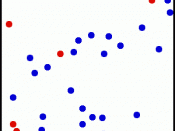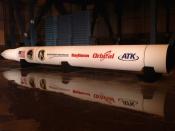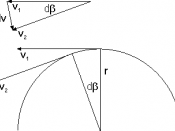Biomechanical Analysis of Skilled Movement
Sprint start
INTRODUCTION
Sprinting is a dynamic sport, the aim is to produce as much power and momentum in order to maximise the speed and velocity in which a sprinter covers a distance of 100 meters. There are many factors that will determine the speed and as a result the time obtained in a race. The start, or the sprint start as it is known, is a vital part of the 100 meter sprint. It determines how fast the sprinter will be going at the start of the race; it also gives him or her the momentum to continue the race. There are three different techniques when it comes to sprint starts, these are commonly known as the bunch, or bullet, the medium and the elongated. Each has its own relative advantages, however sprinters vary in their choice of starts according to personal preference. Once the sprinter has chosen which sprint start technique they will undertake, they can prepare themselves for the four main stages of the race.
These four phases are similar in most athletic movements and can be applied accordingly. The four stages are; The preparatory stage, this applies to the time before the event, where the athlete would prepare themselves mentally. The next stage is the wind-up stage, this is where the athlete prepares to apply the required force and movement t carry out the task. The following phase is the force production stage, where the athlete will use all the required techniques the have learned to apply the optimum force for the event. It is at this stage that the sprint start comes into play. The force production is the force that the athlete applies to the blocks in order to generate the force needed to achieve a maximal outcome. The...


